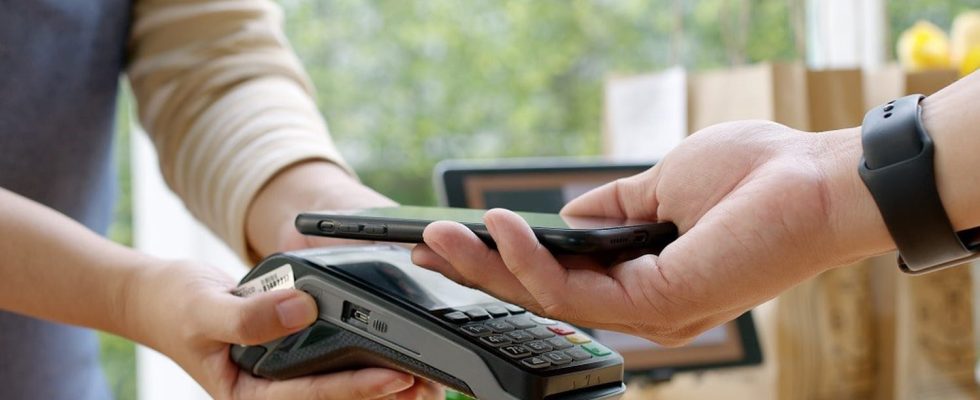The NFC forum unveiled the next evolutions of NFC, this wireless and contactless communication technology which should simplify and improve many daily operations, such as smartphone payment.
NFC, you know? This wireless and contactless communication technology of its real full name, near field communication, or near field communication, has been used for years now in certain bank cards and in many smartphones for the validation of dematerialized transport tickets, such as the Navigo pass and for payments with solutions such as Apple Pay, Samsung Pay or Google Pay. And like any self-respecting technology, NFC should experience many significant advances in the coming years, and in particular allow you to pay for your purchases carelessly with your phone, without having to physically touch the terminal. Indeed, the NFC Forum, a consortium of tech companies – including Qualcomm, Apple, Huawei, Google and Sony – which defines the standards of technology used in electronic devices, has unveiled a roadmap announcing the next areas of development until 2028. One of the priorities is to increase the range of contactless payment between two devices, which is currently 5 mm, with distances “four to six times higher”.
NFC: a simpler and faster contactless payment
One of the sticking points of NFC technology is its incredibly short range. For an NFC connection to succeed, the devices need to be within 5mm of each other – so the term “contactless payment” isn’t really apt. Also, the NFC seeks to increase this distance to 30 mm. If the difference doesn’t seem huge, it should make transactions faster and fewer failures, since it will need less precision.
But this is not the only improvement planned by the consortium. This plans to increase the wireless charging power, which will increase from 1 to 3 W. Not enough to compete with Qi – which can go from 5 to 10 or 15 W – but it could be interesting for very small products. connected, such as wireless headphones. “This shift will bring wireless power and charging to new and smaller form factors, breaking traditional industrial design while defining new markets”, explains NFC Forum. Also new is that the technology is expected to support multiple stocks in a single trade. For example, we can validate a batch of tickets directly, instead of having to pass them one by one. In addition, a product equipped with this new NFC will be able to transmit a kind of identity card on the elements that constitute it in order to facilitate recycling efforts and to better inform the customer before a purchase.
NFC: a smartphone as a payment terminal
Smartphones with NFC enabled could also be able to serve as points of sale, transforming into payment terminals. Thus, you can not only pay with your smartphone, but also accept payments. This is already possible with the Tap to Pay feature on iPhones, which was introduced with iOS 15, but its rollout is extremely long – it’s currently only available in the US, Taiwan and Australia. A standardized function would therefore allow many people to benefit from it, especially in countries where Android devices are the majority. No more “sorry, we don’t accept the card” in stores! This will also simplify things for refunds between friends or for sales between individuals (flea markets, Leboncoin, etc.).
“As NFC technology becomes more prevalent in our daily lives, our planned features have the potential to dramatically improve the way we pay and receive payments”, rejoices Mike McCamon, the executive director of the NFC Forum. All of these projects are now in various stages of development, with some more advanced than others. No date has yet been given, except that these improvements should arrive within two to five years. You will have to be patient!
